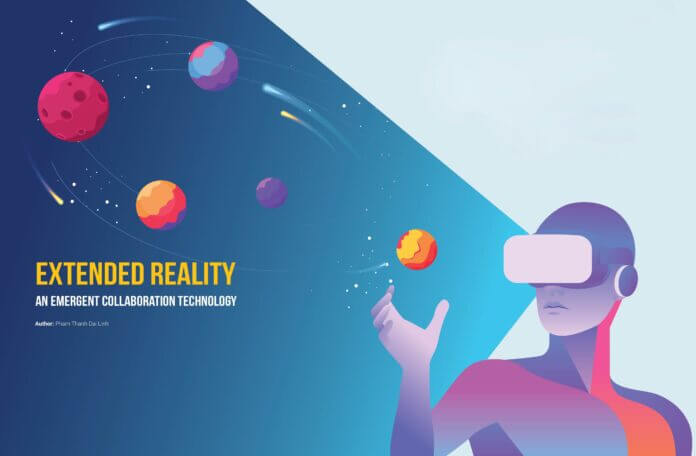The new way powerhouse companies are interacting with users. It is the big technology trend/focus for this year, and it seems like there’s no stopping that train anytime soon. The most popular name in the game right now is ‘XR’. There appear to be 2 common ways it has been used, either as an umbrella term for all things VR, AR, and MR or as a more specific term to describe VR.
Some people also like to call it immersive computing.
How is it different from Virtual Reality?
Virtual Reality is also commonly used for creating fully immersive interactive experiences whereas Extended Reality often tries to be pragmatic and work alongside natural human processes or existing physical objects, rather than replace them.
Is XR the same as AR/VR?
No.

What are all these new gadgets everyone is talking about?
Headsets specially built for VR, AR, and MR experiences are the most popular devices for experiencing extended reality. There is a range of different headsets on the market now, from high-end devices that require a powerful computer to run them, such as the HTC Vive Pro or Oculus Rift, to mobile phone-based headsets such as the Samsung Gear VR or Google Daydream View.
Other popular devices include controllers that allow you to interact with virtual environments, as well as gesture tracking cameras and bodysuits that track your movement and translate it into the virtual world.
What industries is XR being used in?
So far, XR has been used in a range of different industries including entertainment, education, engineering and manufacturing, healthcare, and retail. Some of the more popular uses of XR include virtual tours of places you can’t go to in real life, such as outer space or ancient Rome. Interactive games and immersive theater productions are also popular XR experiences currently available.
In the future, it is expected that there will be a range of helpful applications for extended reality in areas such as surgery, architecture, and product design/engineering where being able to see a proposed design from all angles before actually building or creating it could give a huge advantage over the current trial and error method employed by most.

There are already some companies working on ways to use XR technology for training purposes which allow trainee surgeons, pilots, etc. to experience procedures without the fear or consequences involved with making mistakes while under pressure.
Virtual Reality is the most popular form of extended reality so far, but there are several other forms in development. These include Mixed Reality (MR), which adds virtual elements to the real world rather than replacing it completely. Another example is Automotive Augmented Vision, which replaces your car’s windshield with a computer screen instead, allowing you to have a second display while driving that provides all kinds of useful information about where you are and what’s coming up your route.
What is XR Marketing?
XR marketing refers to using extended reality experiences within marketing campaigns to get customers interested in products or services. Examples include virtual showrooms where potential customers can explore products they might be interested in buying, or using virtual reality tours of holiday destinations to get people excited about specific products.
This post was originally published on 6, December 2021, but according to new information stuff, this post is updated frequently.
Random Explained:
>What is Machine Learning? Explained
>What is Artificial Intelligence? Explained

